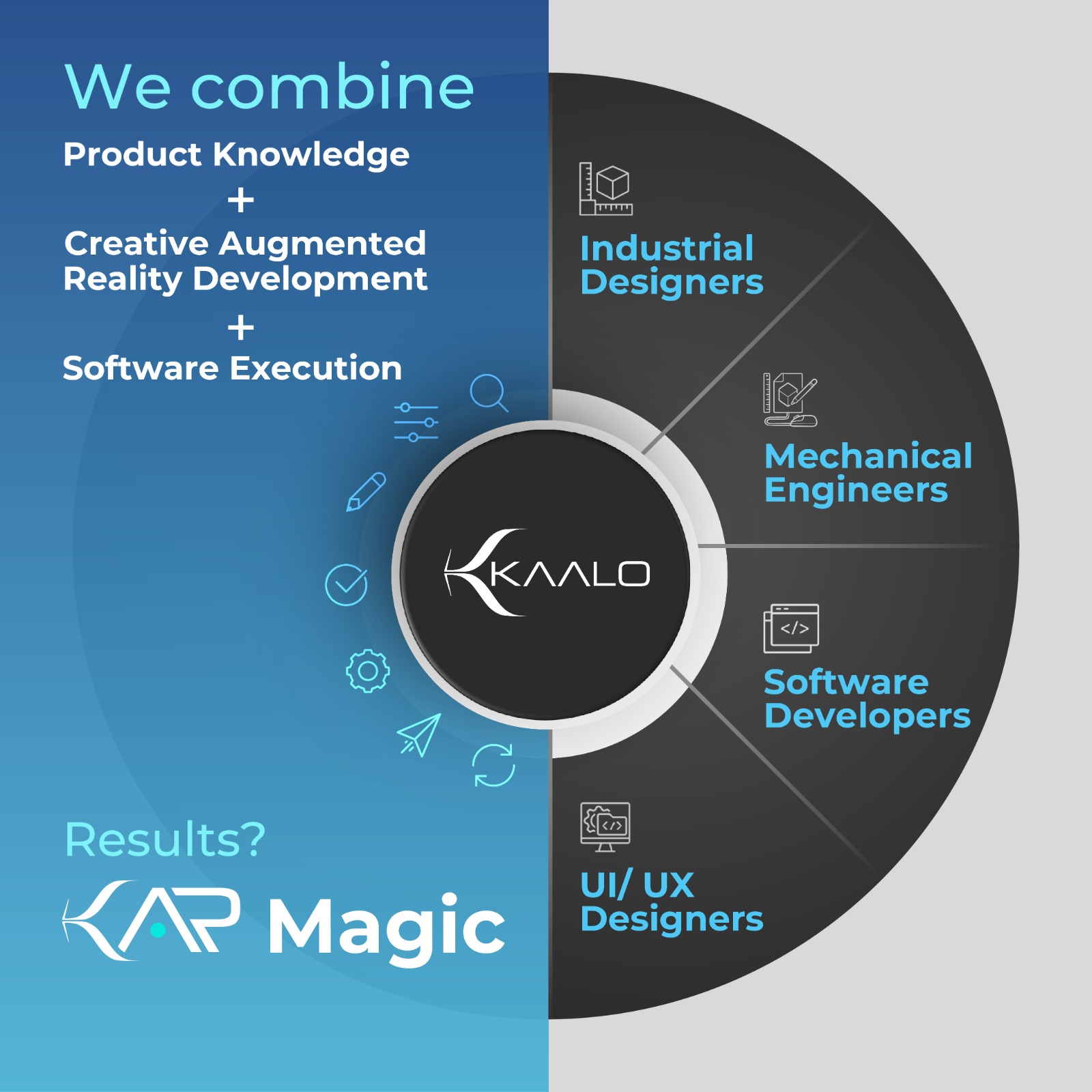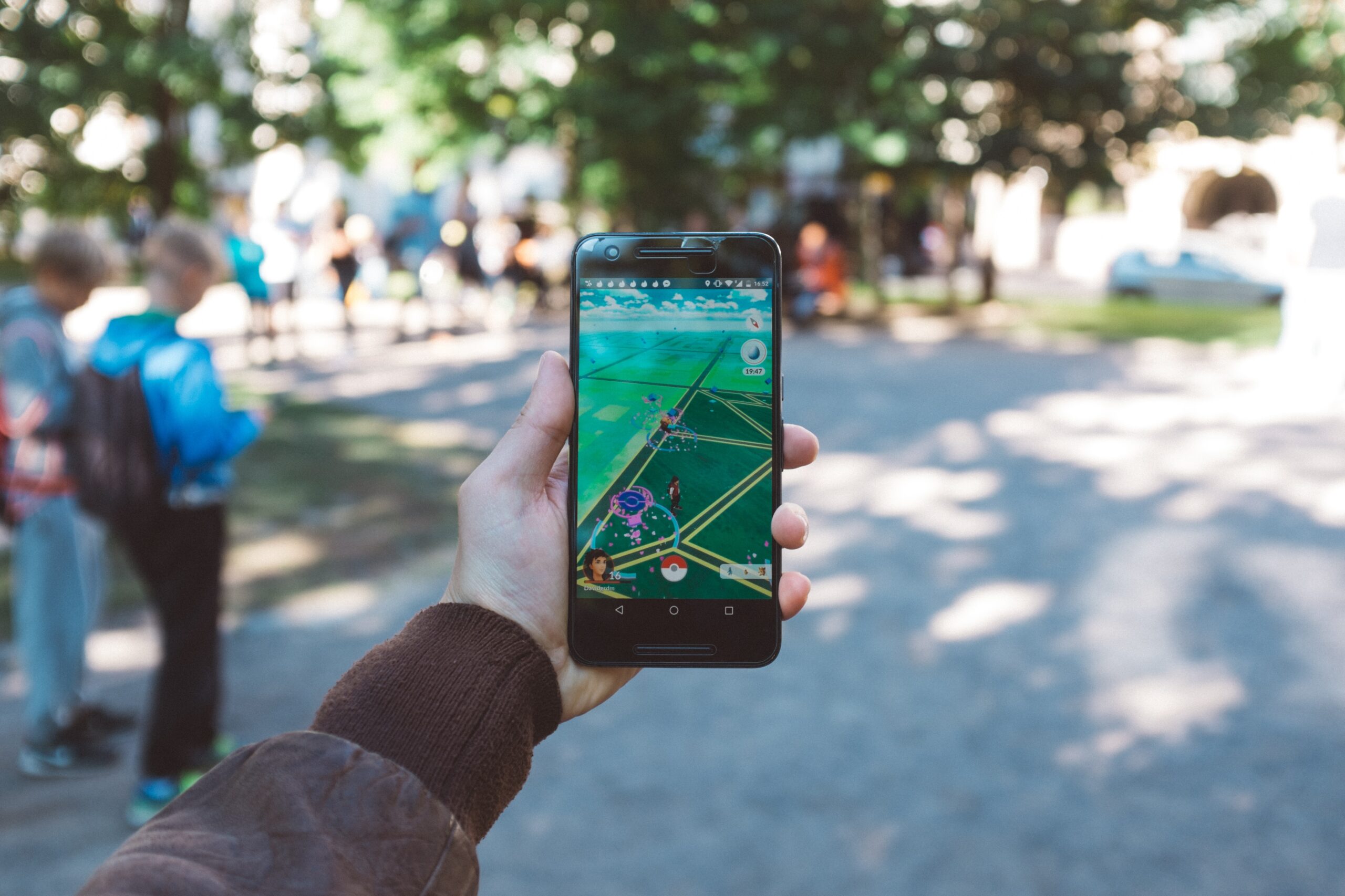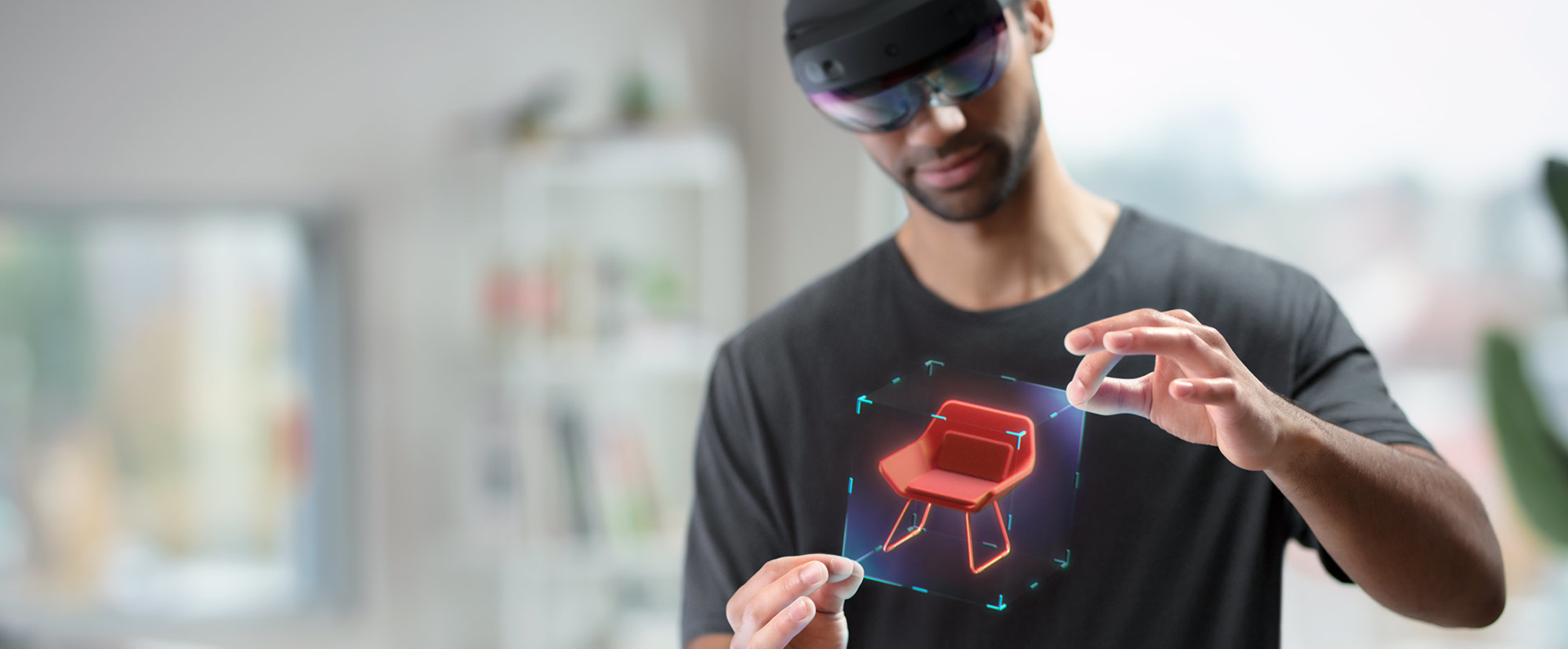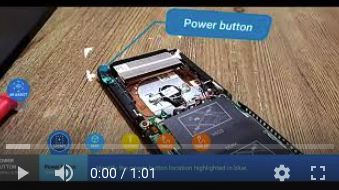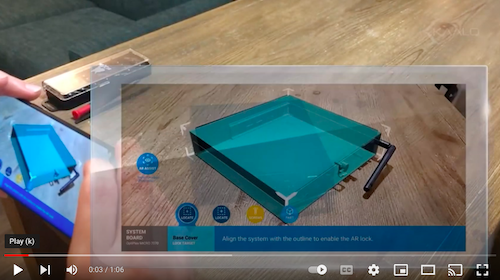Industrial designers focus on all aspects of a product’s development: design, usability and function; an astute designer is always looking for ways to improve the consumer’s interaction with a product. Augmented reality, with its capability of interfacing with our real 3-D world, does just that — it eases our experience. Industrial designers are a natural fit for developing AR interactions that require a deep knowledge of the product as well as the ability to intuit what the user will need to see and hear.
How Digital Content is Changing
Thus far, we have mostly consumed digital content on 2-D screens. When faced with a “How-To,” we refer to instructions on a website, in an app or perhaps as a PDF manual. In those situations, we shift our attention back and forth between the directions and the product we are trying to learn about, set up or fix. Augmented reality exists in a 3-D environment; information is overlaid directly onto the product. Because industrial designers think and design in 3-D, they are a natural fit for creating seamless AR experiences.
Why Industrial Designers are a Natural Fit to Design AR Experiences
A designer’s entire process depends upon knowing how a user will interact with a product and what will make that experience easy and intuitive. Now, designers are out to make a wide range of products more intuitive with augmented reality. They’ll create apps that enable you to fix your own laptop, toaster or car with step-by-step instructions overlayed right onto your device. Creating AR experiences on a physical laptop requires a thorough understanding of the mechanics of the product — how the device opens, how cables and screws are disconnected, etc. A mistake could damage the device, so in creating the AR instructions, a designer’s grasp of the design is critical. When this extensive product knowledge is combined with creative augmented reality and software execution, the results are magical.
Kaalo’s Unique Team of AR Creators
Kaalo is a unique team comprised of industrial designers, mechanical engineers, UI/UX experts, and software developers — all co-creating augmented reality experiences that function seamlessly with millimeter accuracy. Take a look at Kaalo’s profile on DesignRush to see why Fortune 500 companies use Kaalo for AR solutions. Experience it first-hand here.
